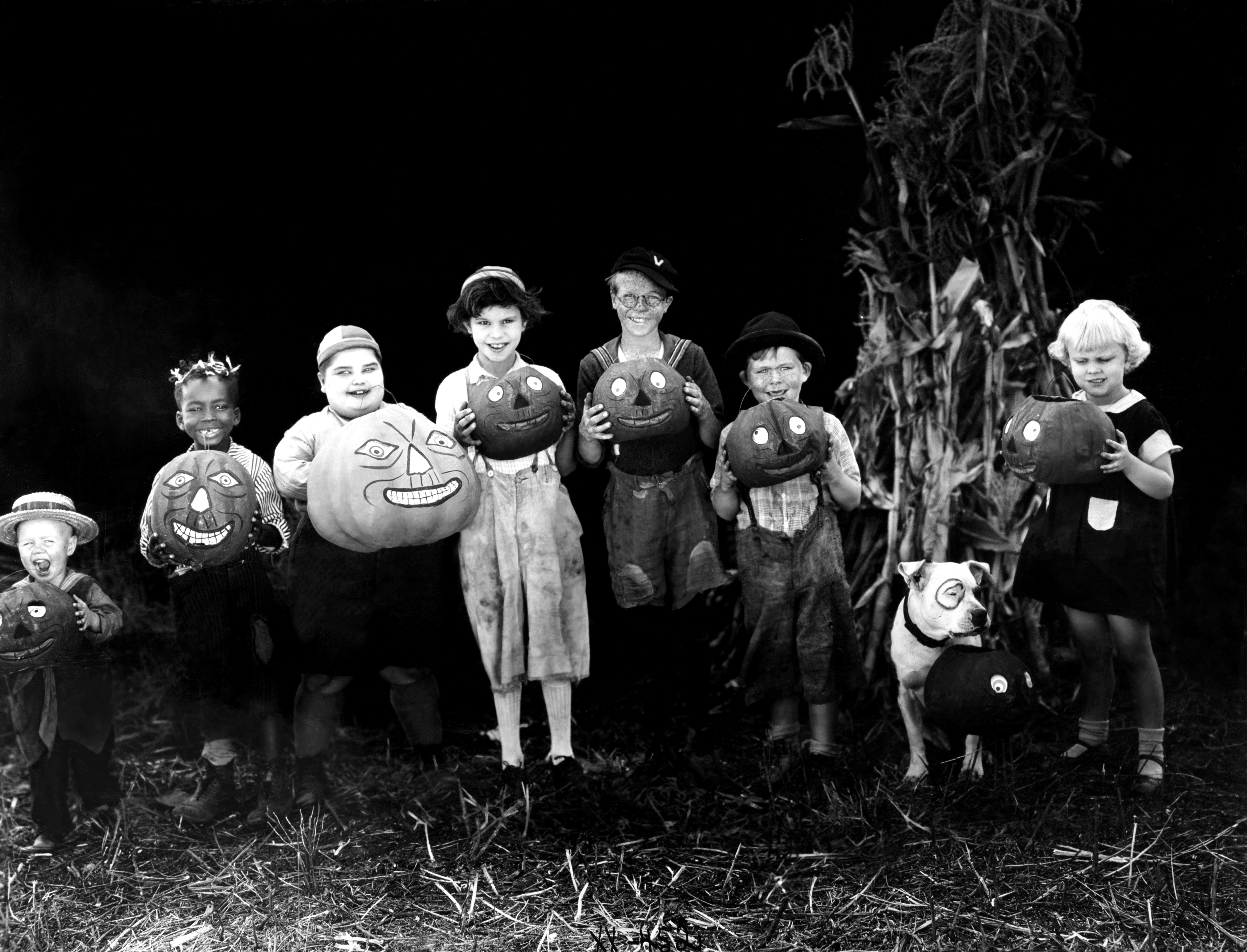AILSA CHANG, HOST:
China’s government is piloting something known as the social credit system. Like the credit scoring system we have in the U.S., China’s scores use financial information. But China’s system also considers information like what you buy and how you treat your neighbors. If you fail to pay your debts, you might find yourself on a sort of blacklist. Stacey Vanek Smith and Cardiff Garcia from The Indicator podcast bring us this story about life on China’s list of untrustworthy people.
CARDIFF GARCIA, BYLINE: Lao Duan is 42. He lives in Shanxi province in China. And one day, he went online to book a high-speed train ticket to Beijing.
STACEY VANEK SMITH, BYLINE: He put down his name and payment, but right away, this page popped up saying he could not complete the purchase.
LAO DUAN: (Through interpreter) And they say – they said this person is on the untrustworthy list from the court.
VANEK SMITH: Lao Duan was confused. Why couldn’t he book this train ticket? He started looking into the situation, and he quickly realized why this was happening. Lao Duan had landed himself on something known as the blacklist.
LAO: (Through interpreter) One thing that comes along with the blacklist, the untrustworthy list, is that you are barred from high-end consumption, which means that you can’t take a speed train. You can’t fly.
GARCIA: China started the blacklist about five years ago as a way to infuse more trust into its banking and financial system. And part of this has involved cracking down on debtors – creating consequences for people who did not pay back their loans.
VANEK SMITH: Lao Duan ended up on the blacklist because he was working in the coal industry. That was his business. He would take out loans, buy huge amounts of coal and store them. But then one day, the Chinese government changed its energy policy, and the market for coal just collapsed. Suddenly, all the coal Lao Duan had wasn’t worth anywhere near what it had been. And he had all these loans he couldn’t pay back, and a Chinese court ruled Lao Duan would go on the blacklist.
GARCIA: And soon after when Lao Duan went to his bank, he found out that all of his accounts and credit cards had been frozen. And one morning when Lao Duan was driving through the center of town, he discovered another aspect of being on the untrustworthy list. On one of the electronic billboards by the side of the road was his face.
VANEK SMITH: Just like up on a big billboard.
LAO: (Through interpreter) It’s a big electric screen by the side of a big plaza. There are, like, huge screens, and they’re very eye-catching. You can really see them from afar. And I saw my pictures on that screen – my picture from my ID card and my ID card number and my name.
VANEK SMITH: The billboard said, this man is untrustworthy. Lao Duan says these billboards are all over town.
GARCIA: He says whenever he went out, whenever he’d see the billboard, he would just stop and kind of watch it for a while, scrolling through the untrustworthies, waiting to see if his face would come up. But one day when he was doing that, he saw the face of someone he knew.
LAO: (Through interpreter) Oh, my God, this person who used be working in the same industry as I did are all now up there.
VANEK SMITH: Lao Duan started to notice a bunch of his former colleagues from the coal industry were also on the blacklist.
GARCIA: He started calling them, saying, hey, I’m on the list, too. He started getting people together, meeting up for dinner. He says these are the only people that he can really be relaxed around.
LAO: (Through interpreter) Because actually in the society, the widespread attitude towards us is very resistant. People will think, why are you here being happy? Why do you still have time to be happy? Why do you not go out and make money to pay back your loan?
GARCIA: So far, Lao Duan says he has paid back about $300,000 of the $1 1/2 million that he originally owed – so still about $1.2 million to go.
VANEK SMITH: But even when Lao Duan does manage to pay off his debts, getting off the blacklist could be hard.
GARCIA: We talked to lawyers in China who deal with this, and by all accounts, getting off the blacklist even if you’ve paid your debts – well, it’s technically possible, but it just never seems to happen.
VANEK SMITH: We reached out to China’s Supreme Court about this issue, but they didn’t respond to requests for comment.
GARCIA: But Lao Duan says he will keep paying off his debt. He has to believe there’s a way off this list. Cardiff Garcia.
VANEK SMITH: Stacey Vanek Smith, NPR News.
(SOUNDBITE OF LITTLE PEOPLE’S “MOON”)
Copyright © 2018 NPR. All rights reserved. Visit our website terms of use and permissions pages at www.npr.org for further information.
NPR transcripts are created on a rush deadline by Verb8tm, Inc., an NPR contractor, and produced using a proprietary transcription process developed with NPR. This text may not be in its final form and may be updated or revised in the future. Accuracy and availability may vary. The authoritative record of NPR’s programming is the audio record.




